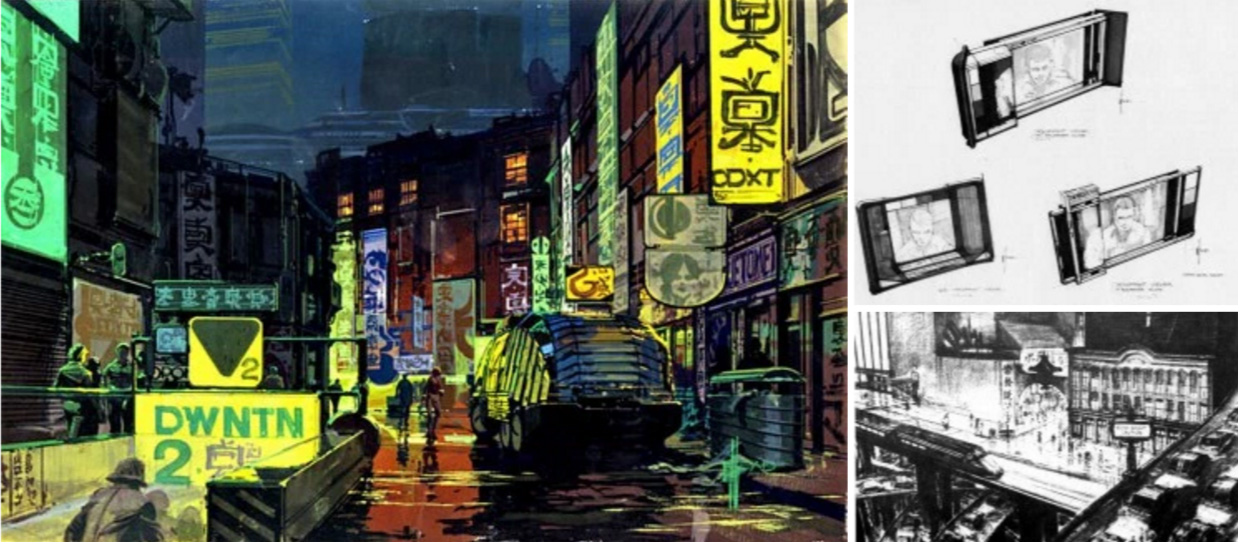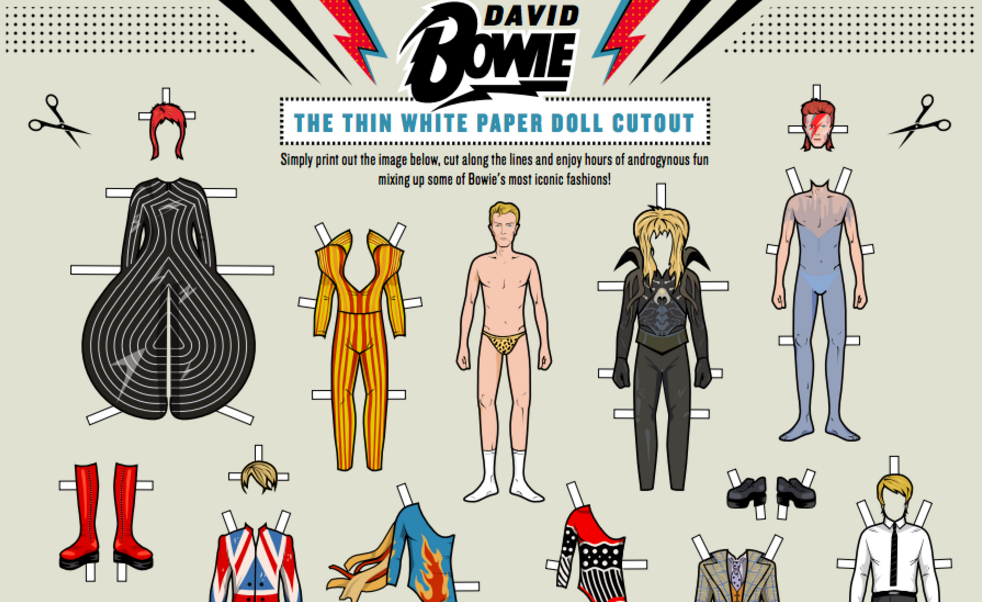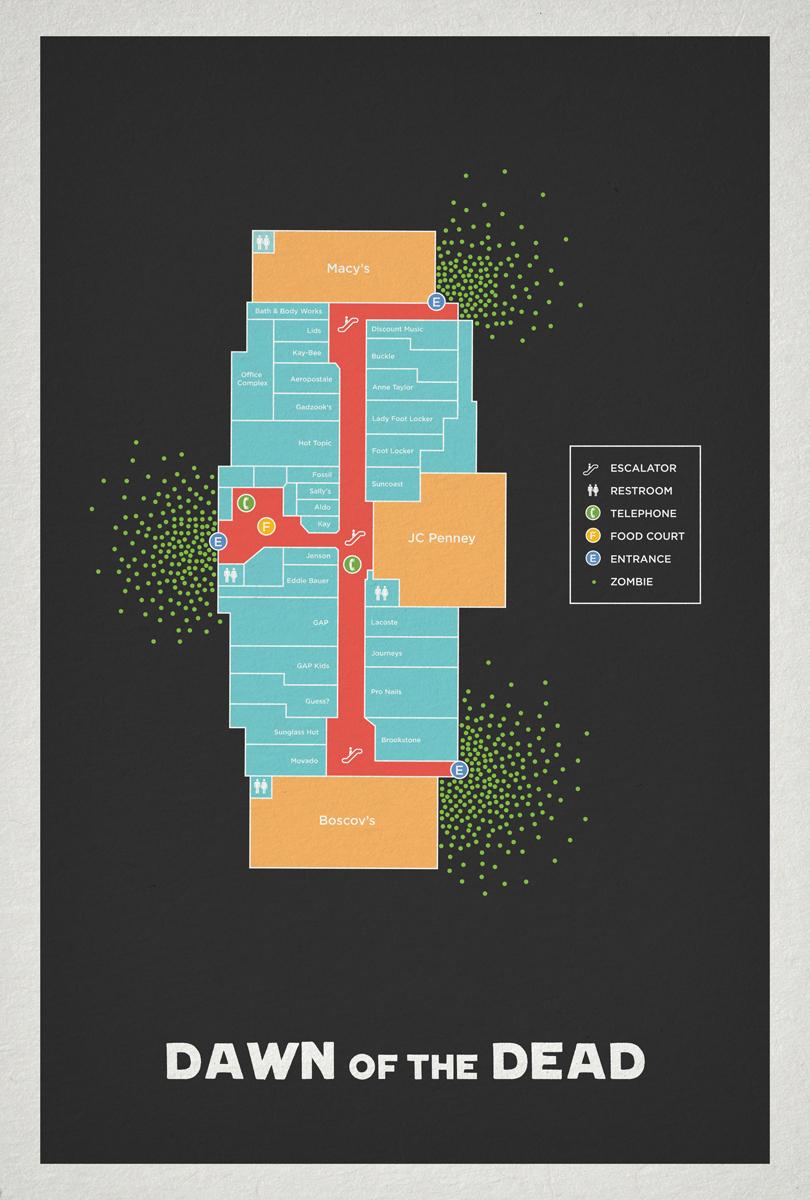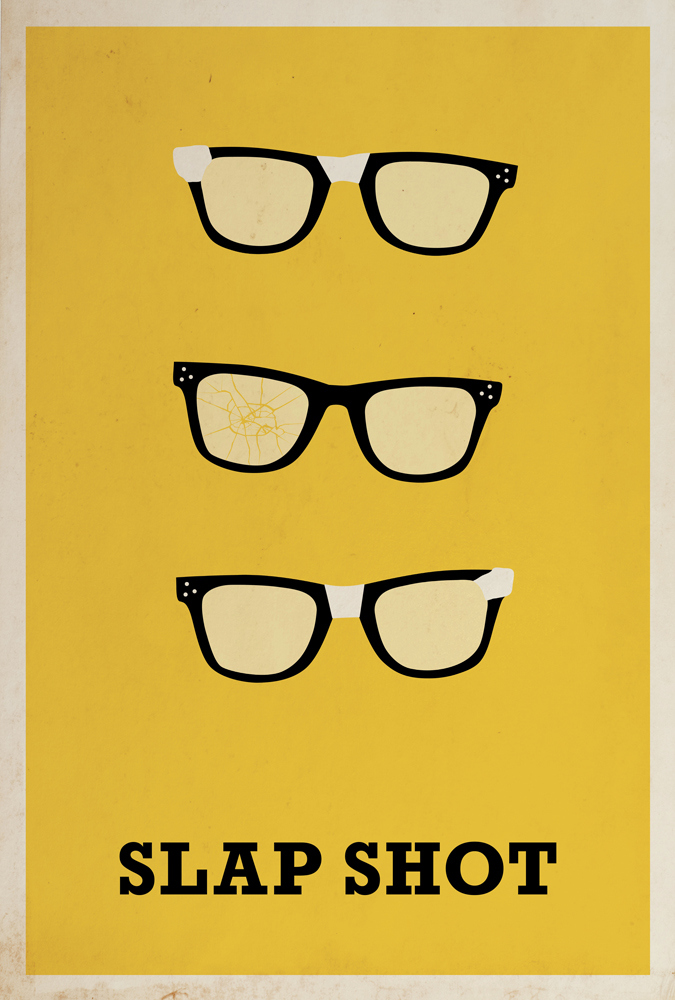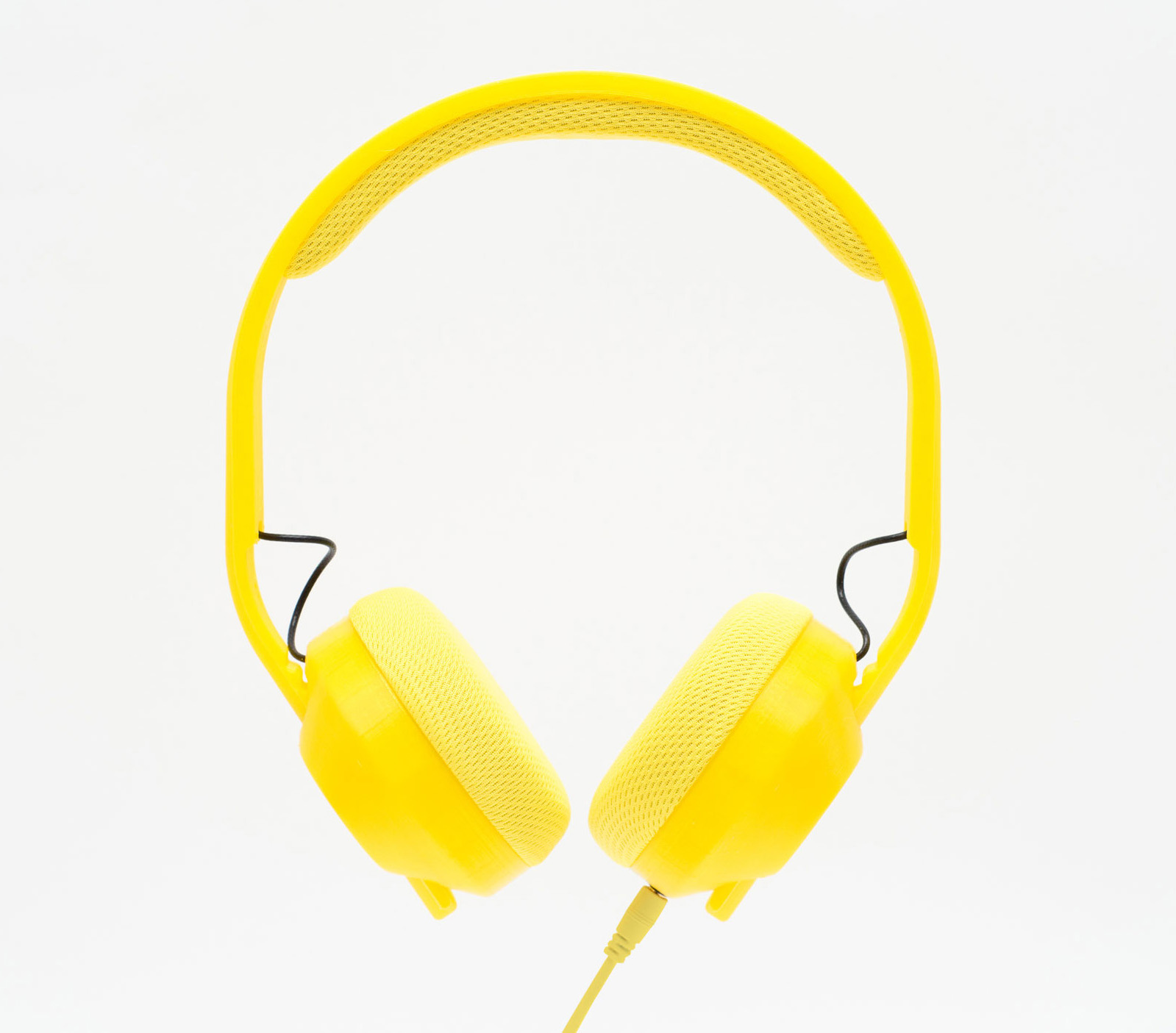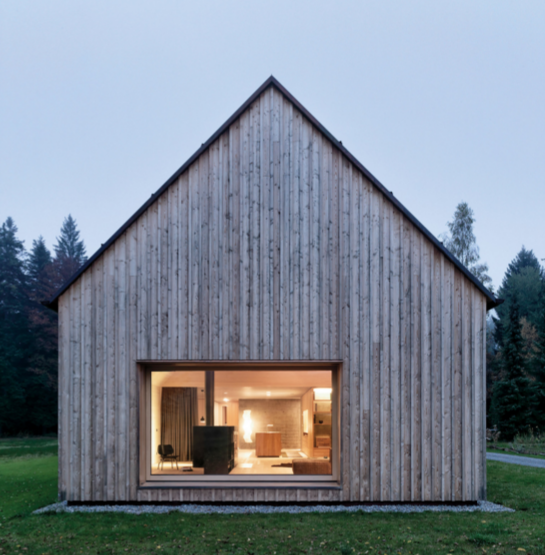“Hanging up on annoying telemarketers is the easiest way to deal with them, but that just sends their autodialers onto the next unfortunate victim. Roger Anderson decided that telemarketers deserved a crueler fate, so he programmed an artificially intelligent bot that keeps them on the line for as long as possible.
Anderson, who works in the telecom industry and has a better understanding of how telemarketing call-in techniques work than most, first created a call-answering robot that tricked autodialers into thinking there was an actual person answering the phone. So instead of the machine automatically hanging up after ten seconds, a simple pre-recorded “hello?, hello?” message would have the call sent to a telemarketer who would waste a few precious moments until they realized there really wasn’t anyone there.”

